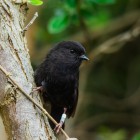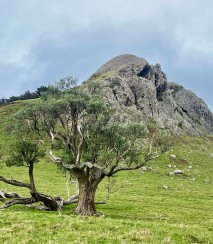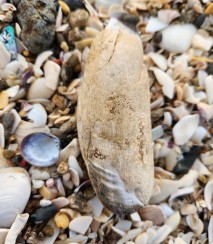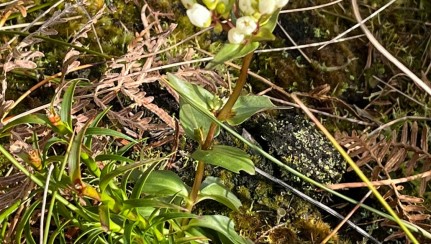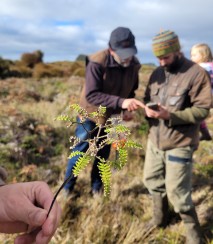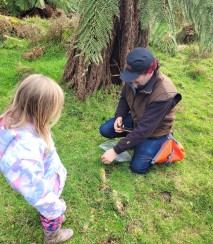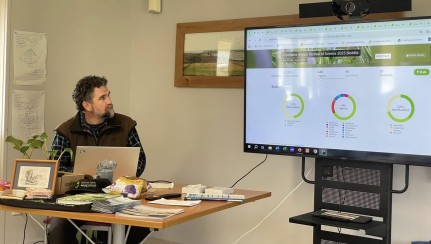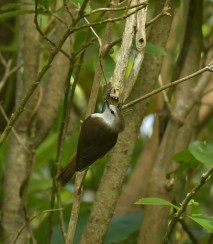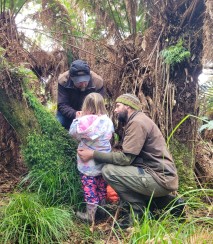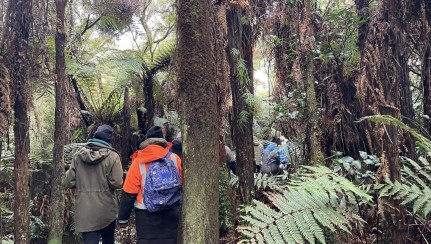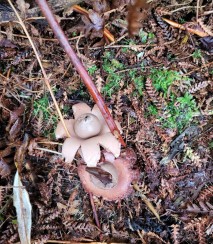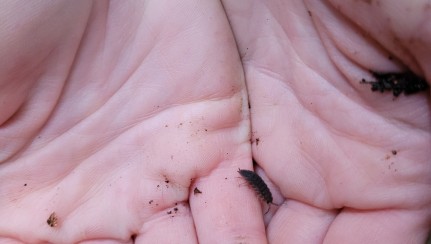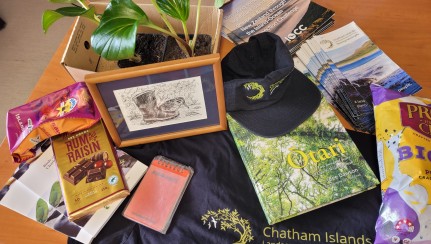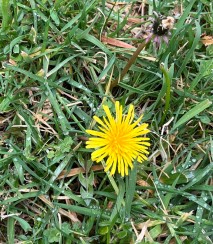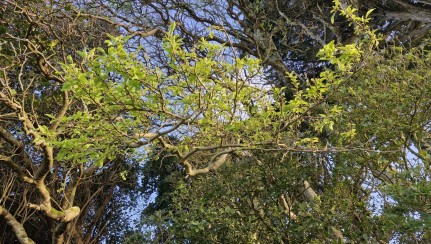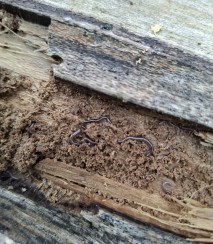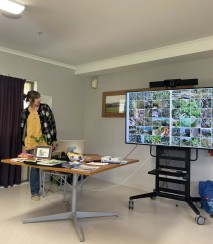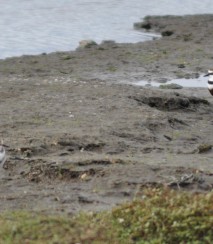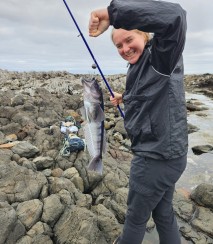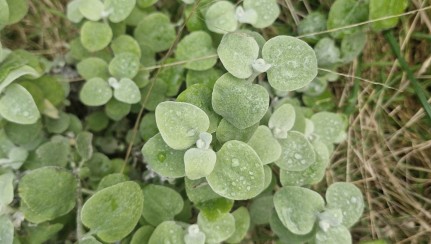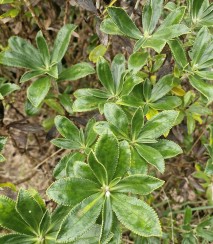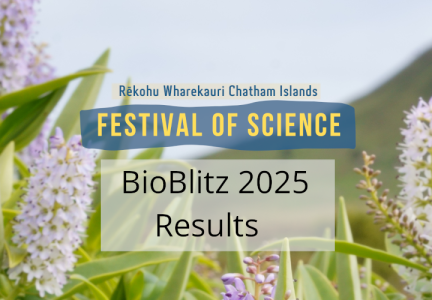
Blog and news
Chatham Islands BioBlitz Results
The results are in for the Chatham Islands Festival of Science 2025 BioBlitz!
A total of 1,393 observations were made of 457 different species. There were 20 different users contributing to this number (although we know it was slightly more people, as a few kids making good use of their parents’ iNaturalist accounts). So far, 126 people from around the world have helped to identify the species recorded during the BioBlitz. 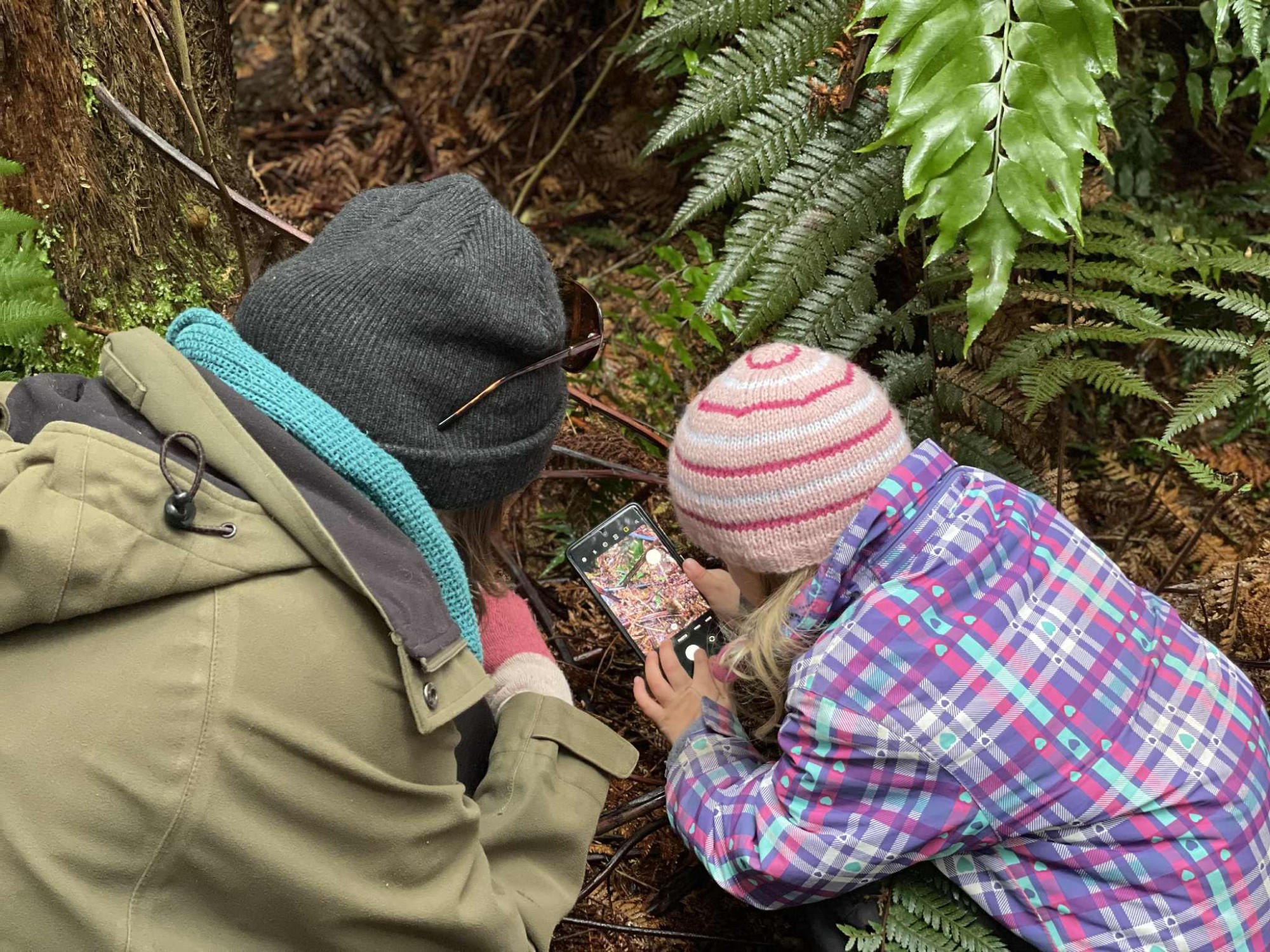
This is a great effort, especially for a first time running a community BioBlitz. As well as helping identify some interesting things in terms of ecology and environmental management, it was a great chance for people to get out, explore, and engage with nature.
We were also really proud to see some kids getting involved in the mahi too. The Chathams has some incredible biodiversity, with unique environment and species found nowhere else. We love seeing that celebrated!
The most recorded species were harakeke/New Zealand Flax, the hakapiri/Chatham Island akeake, and the kopakopa/Chatham Island forget-me-not. We were also pleased to see lots of observations of the endemic Chatham Island oystercatcher (even more than the introduced weka)!
Learn More
Festival of Science BioBlitz winners
Expert Naturalist
The highest number of different species identified – goes to Kat Holt (pollenkat89). Kat recorded 118 different species over the week, followed closely by Nicky McArther and Jenny Stein (who made the most observations during the week). Kat gets a CILRT Tshirt and cap!

Kat's record of a sperm whale tooth.
Invasive Species
Some blue garden flatworms recorded by Gemma Green (though possibly identified first by her daughter). Judge’s comments: “This highlights the issue that invasive invertebrates can pose to the Chathams. This species is native to Australia, but introduced to mainland NZ, and then the Chathams. Unknown impacts on our biota.” Gemma (and Fern) get an original illustration of a Chatham Island snipe on a gumboot.
We also want to highlight one of the Spotprizes here - a licorice plant identified by Bernadette Lim. There are only two records of this plant in iNaturalist, but plenty on mainland Aotearoa. Tim, who judged the spot prizes, picked this one because on the mainland it’s so invasive it’s even been taking over gorse. This is a weed to manage before it takes over, and one example of how citizen science like this can be truly useful for managing the environment.
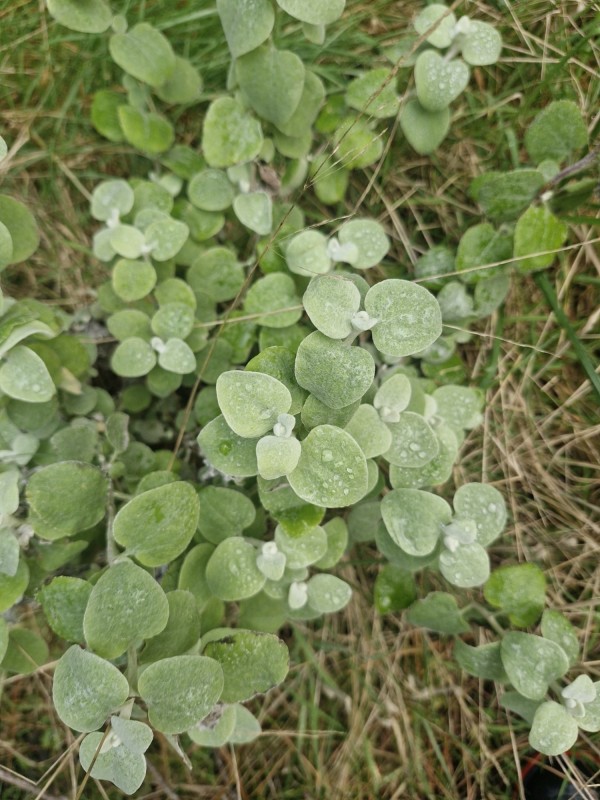
Licorice weed. Image: iNaturalist Bernadette Lim
Rarest Species in a Surprising Place
A keketerehe (Macroleria chathamica) up at Point Munning recorded by Bernadette Lim. Judge Mike Bell’s comments: “Very rare in the northern part of the island. Although likely planted, it highlights the need for multiple habitat types being protected, and this plant is very rare up north, more confined to the Southern cliffs.” Bernadette gets a copy of the beautiful book ‘Ōtari: Two hundred years of Ōtari–Wilton's Bush’.
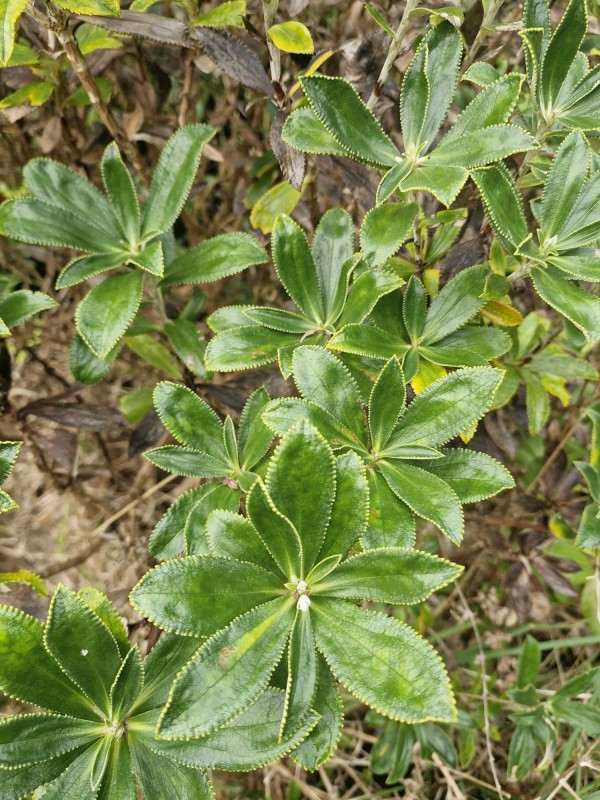
Macroleria Chathamica. Image iNaturalist Bernadette Lim
Most Interesting Discovery
A record of a kororā/ little penguin in a wood shed at Port Hutt by Hazel. This was Mike’s pick because it highlights the main seabird species still surviving on main Chatham, but it’s a seabird species that still needs help. Hazel wins the most delicious prize of all, some of Brenda Tuanui’s world infamous home baking – if you’ve got a favourite treat, we might be able to get that sorted for you.
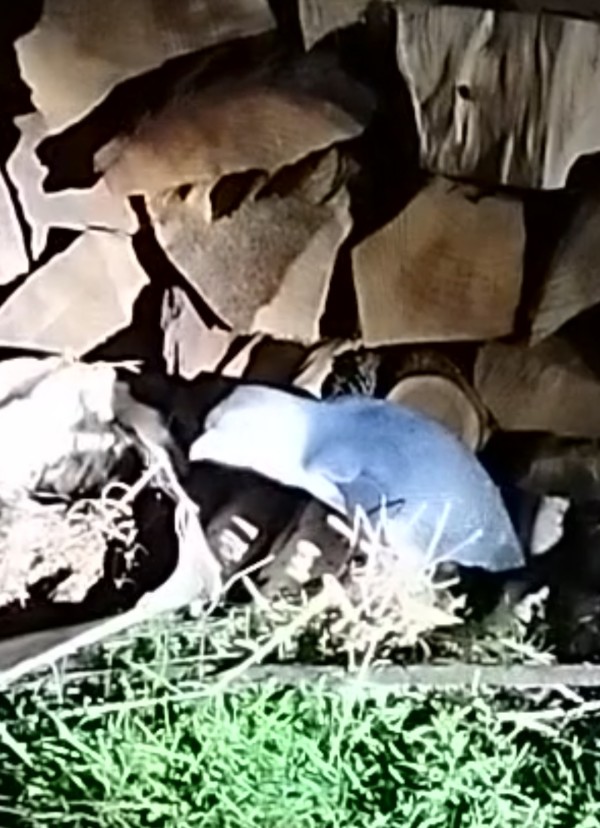
Spotprizes
On Sunday, we ran through some of the BioBlitz highlights as part of the Festival of Science closing event at Kopinga Marae. This included some kopakopa/ Chatham Island forget-me-notes, some all-weather notepads, Chatham Islands bird ID books, and a few other tasty treats. Tim Park, ecologist and guest judge, awarded a spot prizes:
Best photo - a pair of banded dotterels snapped by Jenny Stein along the edge of Te Whanga lagoon, just a little north of Nikau Bush.
The weirdest find – a pacific oyster shell by Kat Holt. There were lots of discussions in the comments section about the origins of this shell, which was a great example of citizen science in action through the iNaturalist community. Kat also found a fossilised sperm whale tooth and took a great picture of a blue cod (on a fishing line).
Surprising species – an audio recording of a grey warbler in Halfway Bush, made by Gemma Green during a mini BioBlitz during the week.
Significant weed – the licorice plant identified by Bernadette Lim, as mentioned above.
Naturalists in training (kid’s prize) – Harry and Ruby, for identifying some great plant species, including an awesome specimen of a Chatham Islands ribbonwood.
Flower girl (kid’s prize) – Fern, for the many flowers she identified, especially down in the peaty area on the Holme’s place.
Intertidal observation – Bridget Gibb’s giant shore anemone near Owenga.
Best framed photo – a beautiful hakapiri specimen near the stone cottage at Maunganui, carefully framed and snapped by Nicky McArthur.
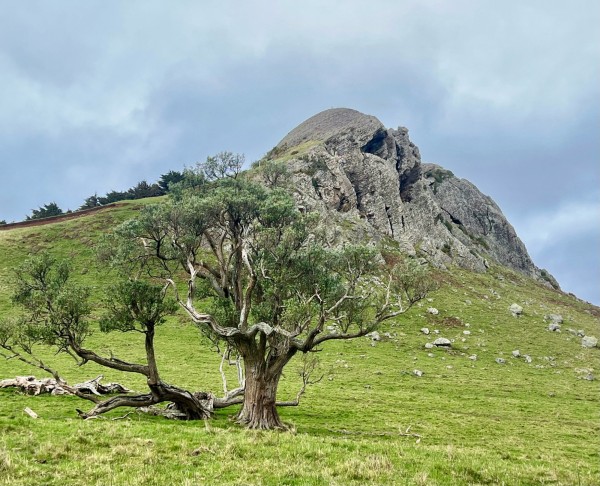
Hakapiri. Image: iNaturalist Nicky McArther
A few BioBlitz activities
On the Sunday before the BioBlitz, Jess and Hamish ran a community practice walk up at Kopi Bush. This was a chance for people to come along and learn how to use iNaturalist to record species.
It was a great afternoon, with a good handful of people including some very enthusiastic kids. It’s amazing how many fungi and slaters can be discovered in an hour ambling around the bush! Huge thanks to John and Bridget Preece for letting us record species at their place.
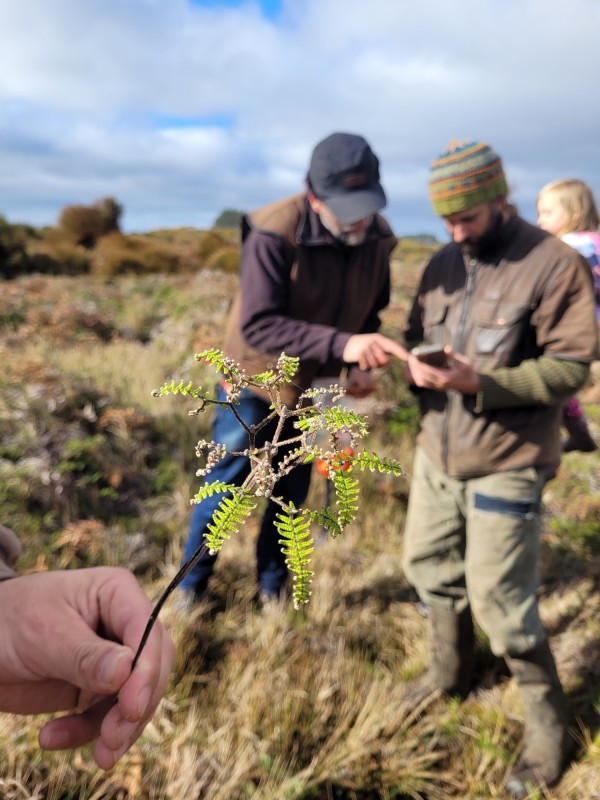
Gemma Green and Ryan Holmes also hosted a mini-BioBlitz across the Holmes's land and down into Halfway Bush. This was a great chance to start building up a picture of what’s in this area, although we only spent a short amount of time down there! It would be great to have a proper explore in the future.
Thanks to everyone who were part of this citizen science, whether you were making observations, uploading and recording species, identifying records, encouraging people to take part, or letting people walk on your land. This is something we’d like to do again in the future. If you have any feedback or ideas, please get in touch.
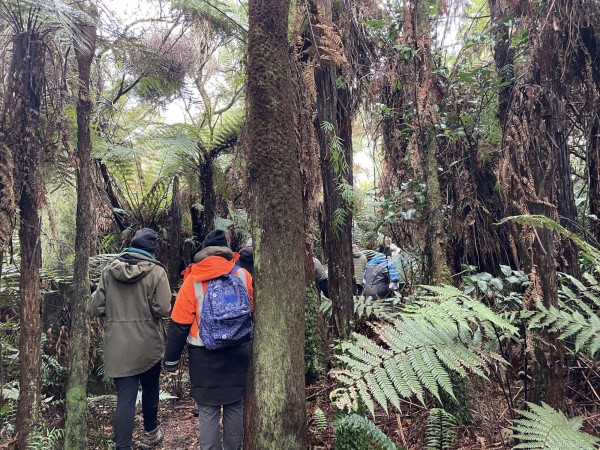
BioBlitz practice walk in Kopi Bush.
Further reading
If you want to know a little more about BioBlitzes or iNaturalist, and understand how they can inform scientific and environmental management in a real way, check out these resources:
-
How iNaturalist helped with rediscovering the frosted phoenix moth on Rakiura
-
Citizen science helping identify fungal diseases like myrtle rust to prevent their spread
-
A TED talk, “The surprising power of your nature photos”
-
An article by the Spinoff about how citizen science is democratizing discovery.


